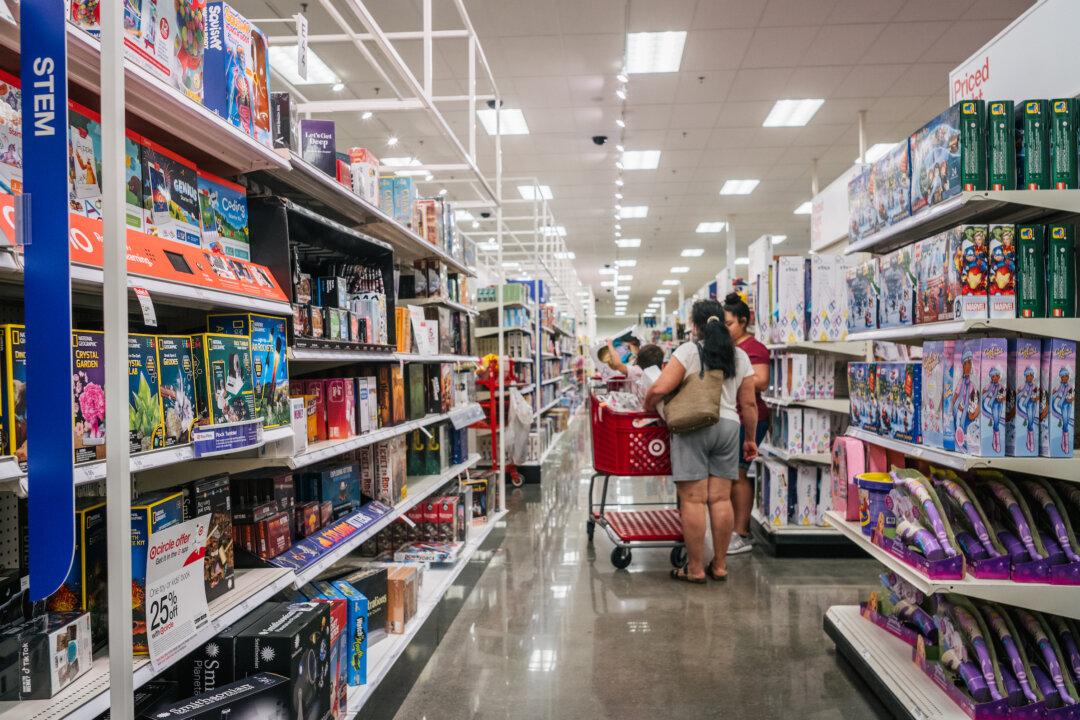Commentary
Two issues shadow economic prospects today. One is supply chain problems. The other is inflation. A recent report from the Labor Department sheds considerable light on both of these matters.

Two issues shadow economic prospects today. One is supply chain problems. The other is inflation. A recent report from the Labor Department sheds considerable light on both of these matters.